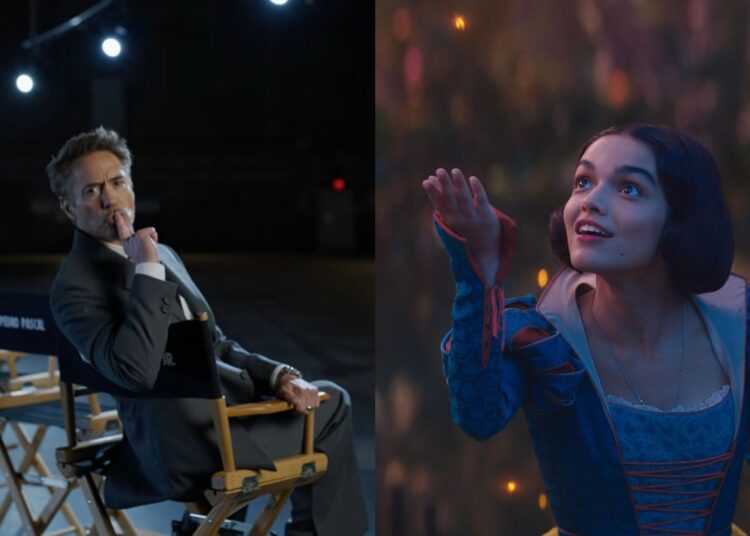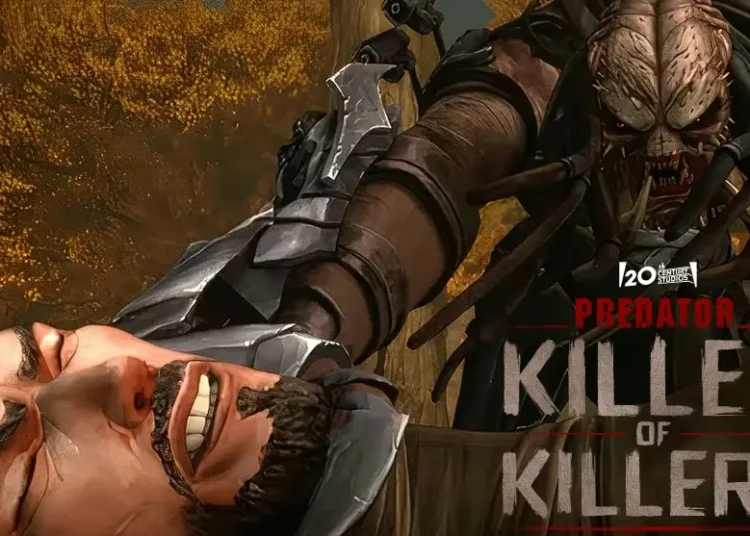“Rebellions are built on hope…”
Truer words have never been spoken in that galaxy far, far away. With the curtain now drawn on Andor Season 2, we’ve just witnessed one of the most powerful, layered, and downright masterful pieces of Star Wars storytelling ever put to screen—not just within the franchise, but in the landscape of modern television.
Hard to believe, isn’t it? When Rogue One premiered nine years ago, it was already a bit of a gamble—a gritty war film spun from the margins of the original trilogy. And when Lucasfilm announced that Cassian Andor (Diego Luna), one of the film’s many tragic heroes, would be getting his own spin-off series, more than a few eyebrows were raised. A prequel about a side character who, let’s be honest, didn’t even make it out of the first movie alive?
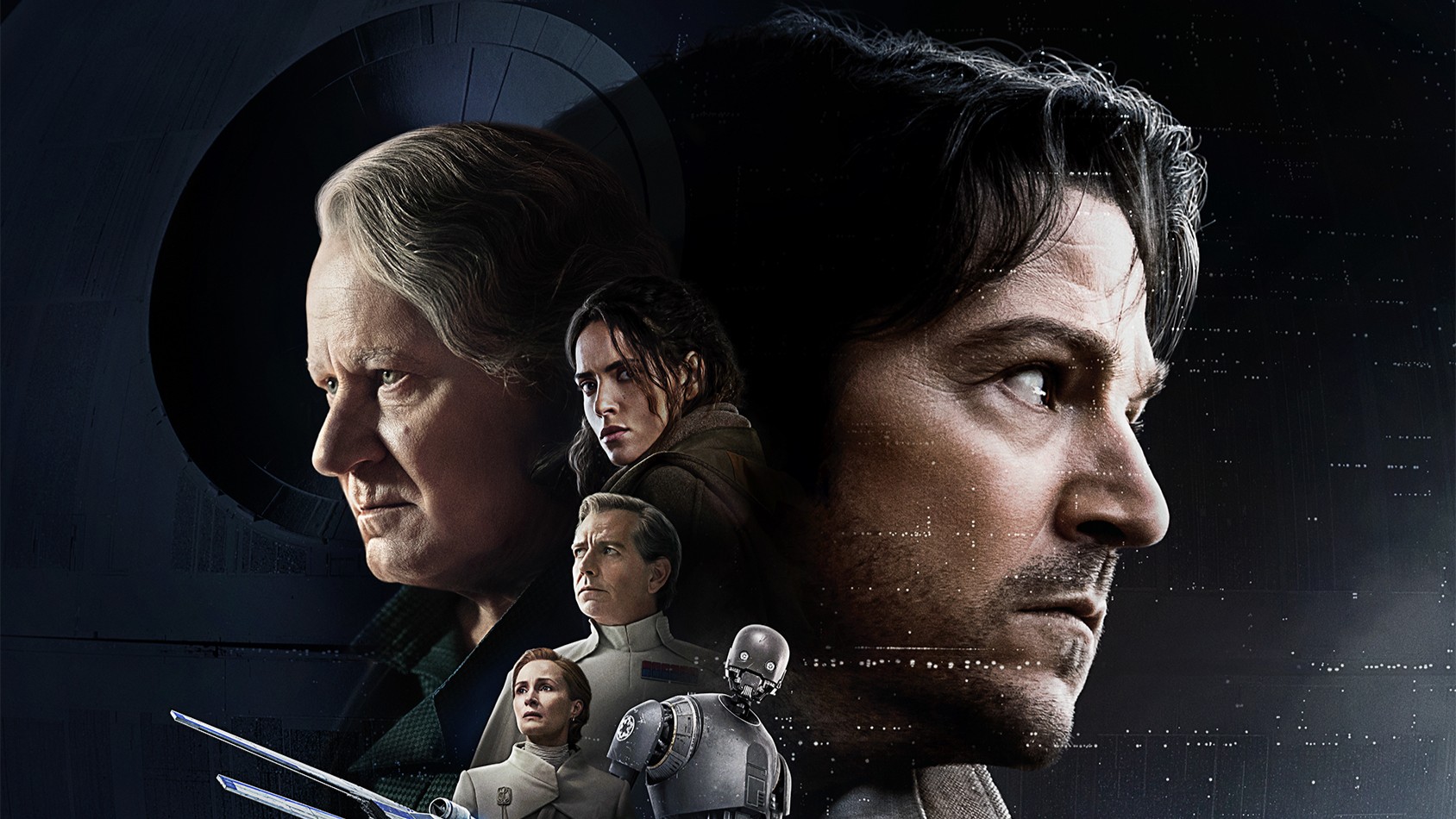
Yet here we are. Two seasons later, and Andor hasn’t just justified its existence—it’s completely redefined what Star Wars can be. Showrunner Tony Gilroy took massive swings with this story: no lightsabers, no Skywalkers, no Jedi in sight. Just spies, dissidents, and everyday people quietly—and loudly—resisting the grip of tyranny. He turned the Rebellion into something personal, messy, and heartbreakingly real. And in doing so, he delivered what might be the most emotionally rich arc in the entire Star Wars canon.
What began as a story of one man’s reluctant push toward resistance has now expanded into a thrilling tapestry of sacrifice, subterfuge, and the slow, grinding machinery of rebellion. It’s a masterclass in character development and political storytelling, and as the final credits roll, it also serves as a seamless, poignant bridge into Rogue One—the film that started it all.
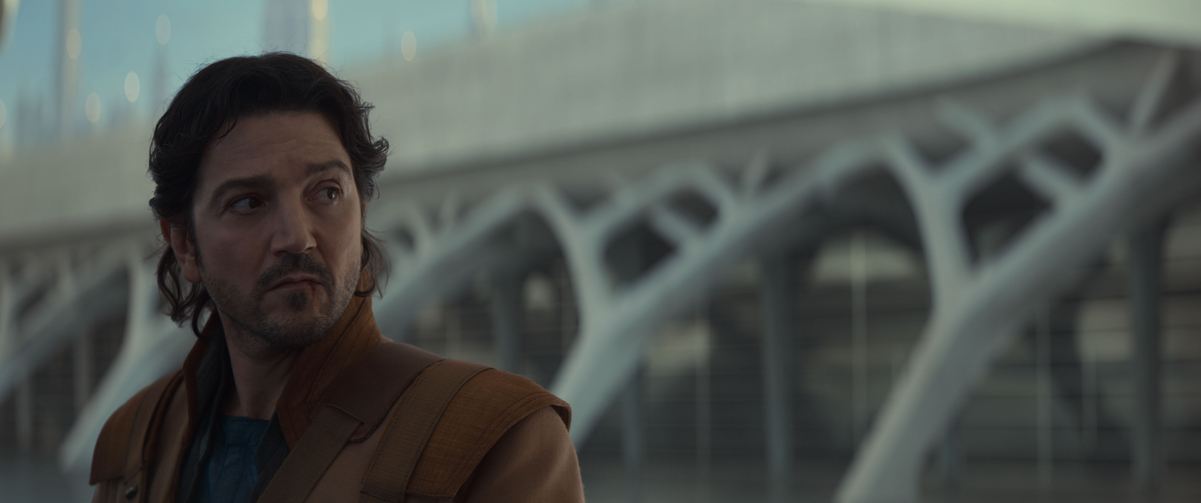
Naturally, the final arc of Andor Season 2 slides seamlessly into the events of Rogue One. Set in 1 BBY—just days before the opening scenes of Rogue One and A New Hope—these last few episodes serve as both a narrative bridge and an emotional one, planting the seeds for everything to come.
What’s even cooler? Watching Rogue One right after finishing Season 2 makes the movie hit so much harder. Characters, motivations, and moments that once felt like background details now carry weight, history, and heartbreak.
So, let’s take a peek at some of the groundwork that perfectly sets up the next big arc in Star Wars history.
Jedha, Kyber, Erso

After a season of fragmented resistance and emotional reckoning, the pieces start to snap into place: the Empire’s secret project isn’t just another weapon. Ta-da! It’s the Death Star. And for the first time, the rebellion has something tangible—something terrifying—to rally against.
Luthen Rael (Stellan Skarsgård)’s final sacrifice delivers that truth into rebel hands, and suddenly, the shadows they’ve been fighting in take shape. This isn’t just theory anymore. It’s real. It’s happening. And it’s nearly unstoppable.
It all happens through Dedra Meero (Denise Gough), who was sent files on the Death Star by accident. The project itself, handled by director Krennic (Ben Mendelssohn), was meant to be top secret that even high-level officials such as herself did not have clearance for. Nevertheless, she decided to look at them and it is crazy to think that this lapse in her judgment would spiral into something much bigger.
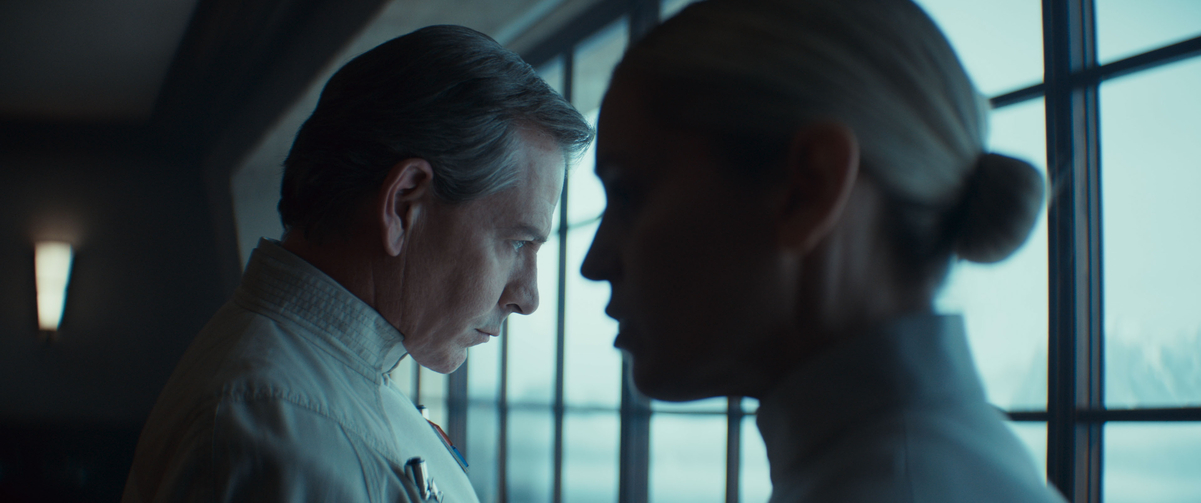
Lonni Jung (Robert Emms), Luthen’s contact still embedded deep within the ISB, notices her pattern. With Dedra distracted and her clearance codes unusually active, Lonni gains access to highly classified files she had browsed but failed to properly lock down. What he finds terrifies him: mining reports from Jedha that no longer look like a clean energy project, resource pipelines pointing toward Scarif, and Erso’s name surfacing in places it shouldn’t. The files mention not just kyber crystal refinement, but also links to Ghorman’s brutal occupation and the calcite shipments being redirected from across the Mid Rim. These aren’t isolated events. They’re part of a pattern—a construction plan.
Lonni takes his findings to Luthen, unraveling the Empire’s greatest secret. The web Dedra was spinning to catch Luthen is the very one that ends up exposing the Death Star’s existence. Ironically, her own ambition to be the one who takes down Axis gives Luthen the information he needs to understand just how massive the Empire’s ambitions are. Without that slip—without her careless oversight—there’s no way Lonni could have connected the dots. No way Luthen could’ve passed the intel to Kleya (Elizabeth Dulau). No way the Rebels on Yavin IV would’ve known what they were truly up against.
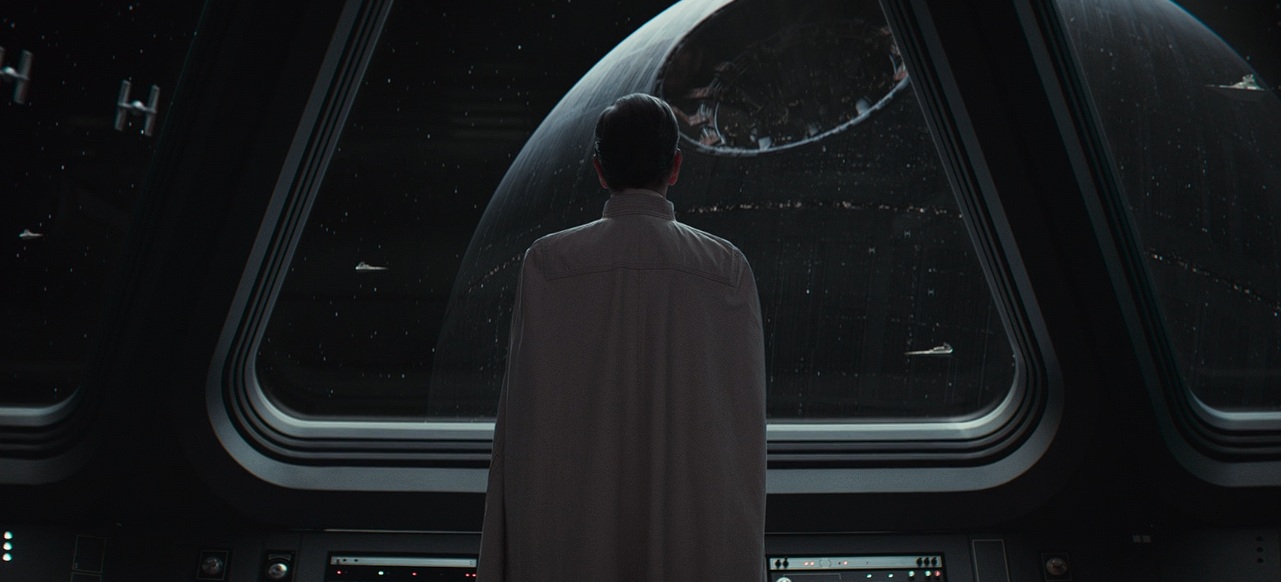
What begins as an overreach by a mid-level ISB officer becomes the most consequential intelligence breach in Imperial history. Dedra wanted to be the architect of Axis’s downfall—but instead, she became the first crack in the Death Star’s armour.
The Rebel High Command
One of the most exciting payoffs in the Andor Season 2 finale is finally seeing the Rebel High Command in action—the same council that will be in Rogue One. Mon Mothma (Genevieve O’Reilly), Tynnra Pamlo (Sharon Duncan-Brewster), Nower Jebel, and Bail Organa (Benjamin Bratt) all gather in the Yavin IV base, exactly where we’ll see them again when Jyn Erso is brought into the base. It’s a deeply satisfying full-circle moment, now infused with the gravity of everything we’ve watched unfold over the past two seasons.
Alas, notably absent from this council is Luthen Rael. And that absence speaks volumes. While he was arguably one of the earliest architects of the Rebellion—bankrolling it, radicalizing it, and dragging it into action—his refusal to leave Coruscant, his increasingly frayed trust with allies like Mon and Bail, and ultimately his death in the final arc, all but ensured his name would be left out of the official record. Luthen lit the fire, but he never got to stand by the hearth.
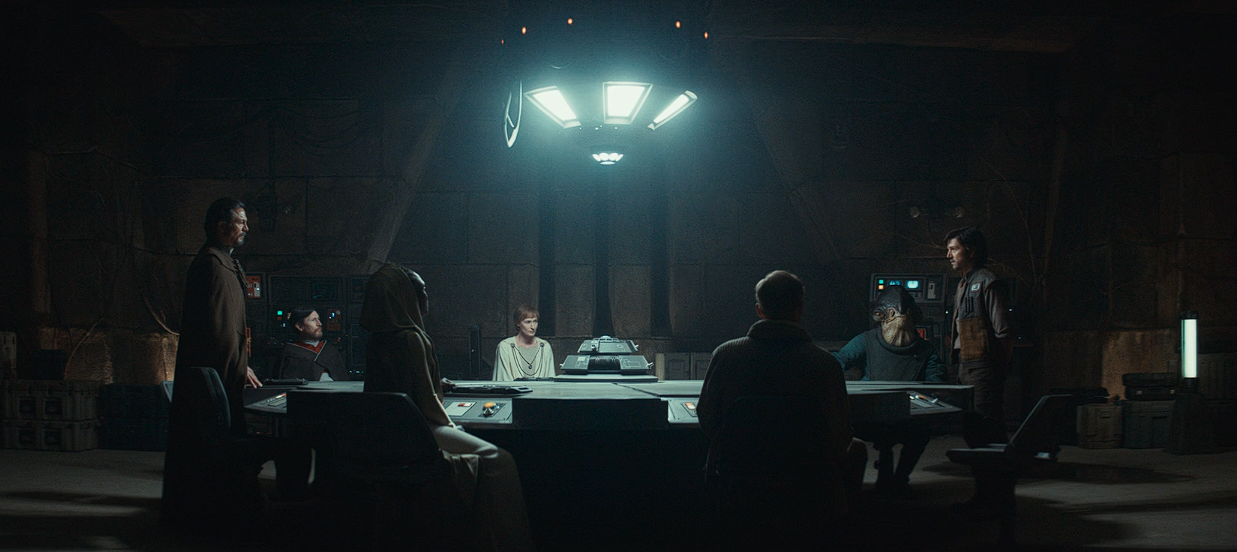
And this council, for all its symbolism and power, isn’t without criticism. Sometimes, due to the political background of some of these characters, the bureaucratic natures tend to take priority and that political maneuvering and military urgency—will only escalate as Rogue One begins. But Andor gives that hesitance a deeper context. It’s not cowardice—it’s the weight of responsibility, the fear of moving too soon, the trauma of what’s already been lost.
Still, the seeds have been planted. The names, the faces, the decisions—they’re all there now, more than just cameos or background figures. They’re living, breathing architects of a rebellion that’s finally ready to go to war.
Tivik
Luthen’s death is a pivotal turning point. By giving his life to extract intel about the Death Star’s kyber-powered weaponry, he ensures that Kleya—his trusted second—can escape Coruscant and bring that information to Yavin IV. With the help of Cassian, Melshi (Duncan Pow), and a just-introduced, quippy K-2SO (Alan Tudyk), she makes it back to the base. But even then, the leadership is fractured. The council isn’t ready to act, haunted by misinformation and paranoia. They’re not fully convinced the Empire is really building something that could wipe out entire planets. It’s too big. Too brutal. Too unbelievable. And yet, we’ve seen enough to know it’s true.
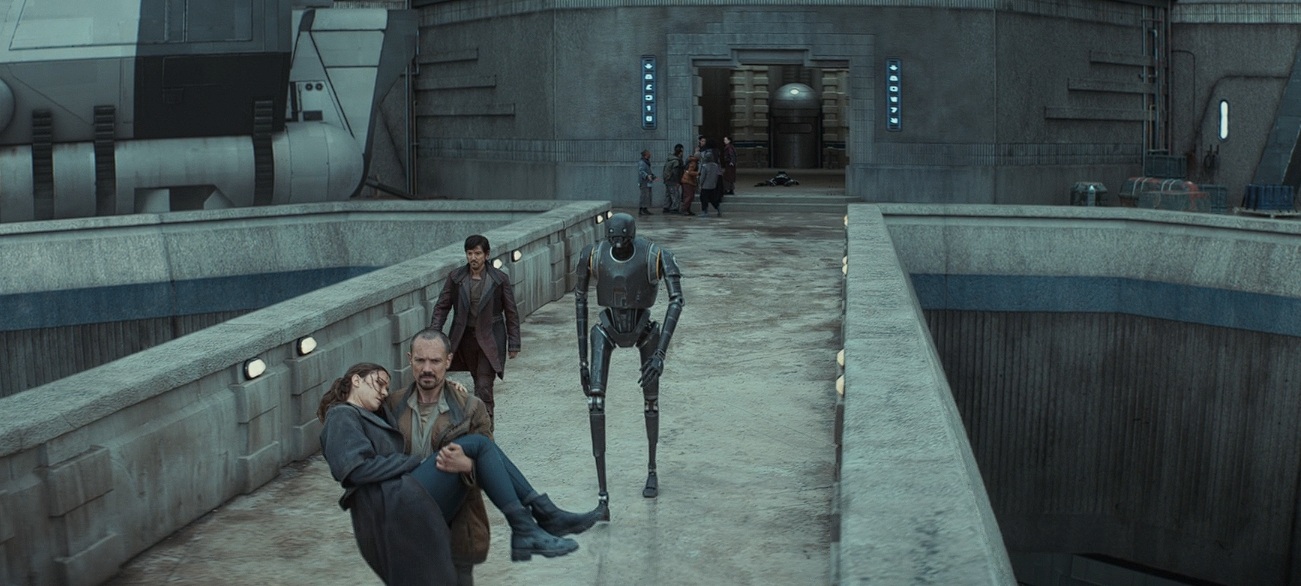
That’s where General Draven (Alistair Petrie) steps in. In a moment that pulses with dramatic irony, he gives Cassian a mission that viewers know will end in betrayal and a blaster bolt to Tivik’s chest. “Jedha. Kyber crystal. An ISB mole and Luthen dying to get us in motion,” Draven says. “Now Tivik keeps calling us.” That Tivik is the wounded rebel Cassian coldly kills at the start of Rogue One. But here, we understand the emotional burden behind that act. Cassian isn’t just following orders. He’s trying to stop the Empire before it unleashes hell. And he’s carrying the weight of Luthen’s sacrifice, the council’s indecision, and the hope that Tivik’s intel might be the final piece they need to believe.
Just before boarding the ship to the Rings of Kafrene, Cassian walks through the Yavin IV base in silence, passing the rebels who helped secure the Death Star plans, and unknowingly walking into legend. The camera lingers just long enough for us to catch Melshi sprinting with a small group of soldiers—volunteers who will later join Jyn Erso’s suicide mission to Scarif. It’s a fleeting moment, but one that echoes loudly: everyone in this hallway is heading toward history. Some of them just don’t know it yet.
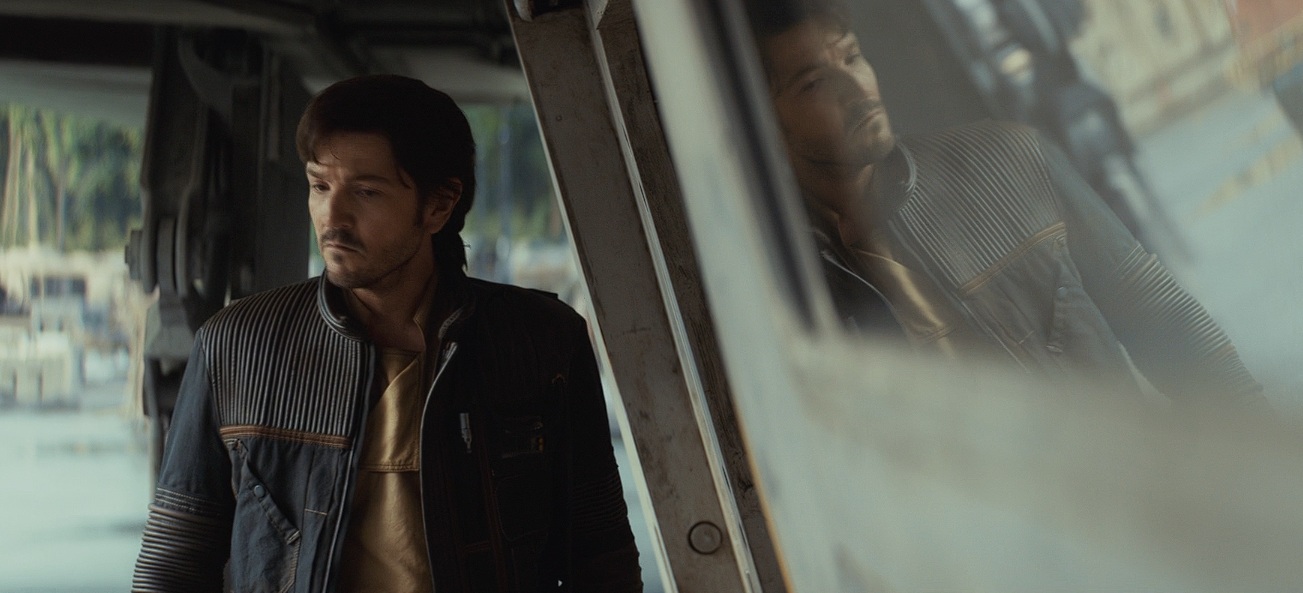
And then there’s Bail Organa. His conversation with Cassian is short, but it says everything. “If I die fighting the Empire, I want to go down swinging,” he tells him, foreshadowing his ultimate fate on Alderaan and passing on the emotional torch to fighters like Cassian, who now understand the cost of resistance. Bail knows what’s coming. So does Cassian. So do we.
So when Rogue One opens with Cassian gunning down Tivik, we no longer see just a hardened spy making a brutal choice. We see a bit of Luthen in him. We see the aftermath of a long, painful journey—one built on betrayal, sacrifice, and a quiet hallway full of heroes walking toward a future they may never live to see.
Saw
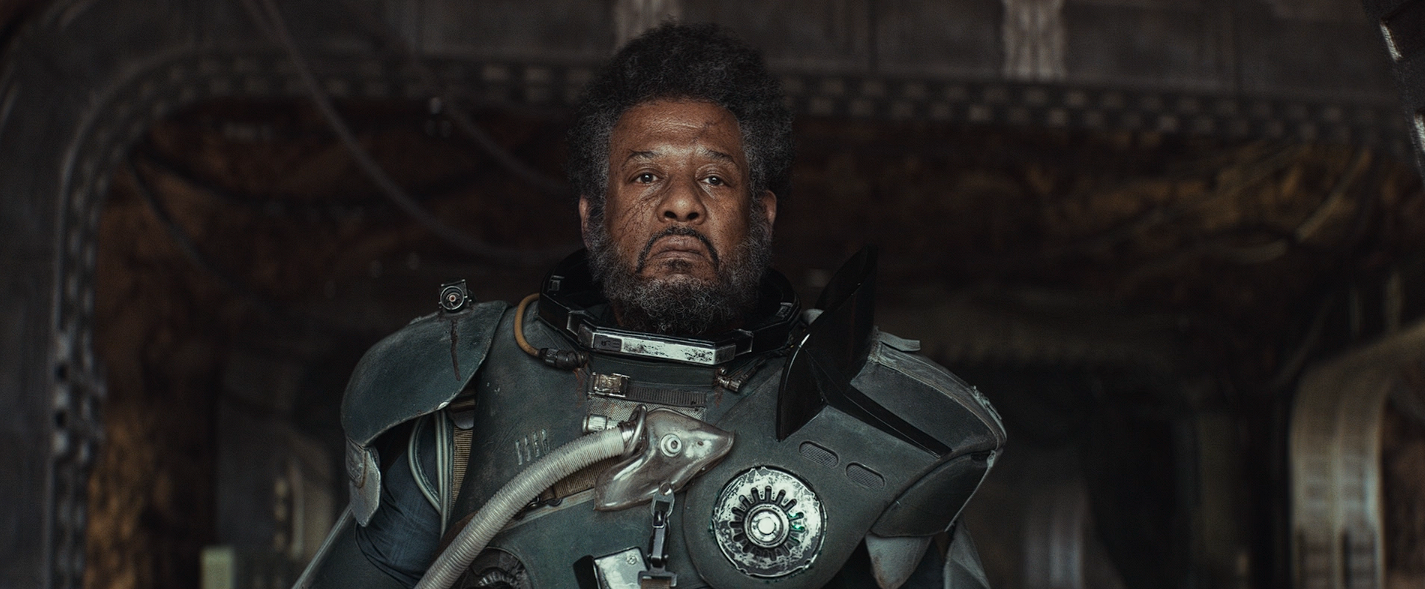
Saw Gerrera (Forest Whitaker) remains one of the most fascinating—and terrifying—figures in the Star Wars universe. First introduced in The Clone Wars, Saw’s legacy has endured through sheer force of ideology. A freedom fighter turned extremist, his presence in Andor continues to add complexity to the morality of rebellion. He’s the guy everyone in the Alliance talks about in hushed tones. The one who does what needs to be done, even when it’s cruel, messy, or politically inconvenient.
In Andor Season 2, we don’t get a clean origin story for Saw’s many physical scars—his missing limbs, his ragged breath—but there are hints if you’re paying attention. Earlier episodes show him huffing rhydonium gas, which might not be a symptom of respiratory failure but a coping mechanism. A high to dull the pain—physical or emotional—brought on by war, trauma, or both. It reframes that iconic breathing sound we hear in Rogue One not as a symbol of weakness, but of addiction, of pain management, of the grotesque toll a lifetime of warfare can take on the body and soul.
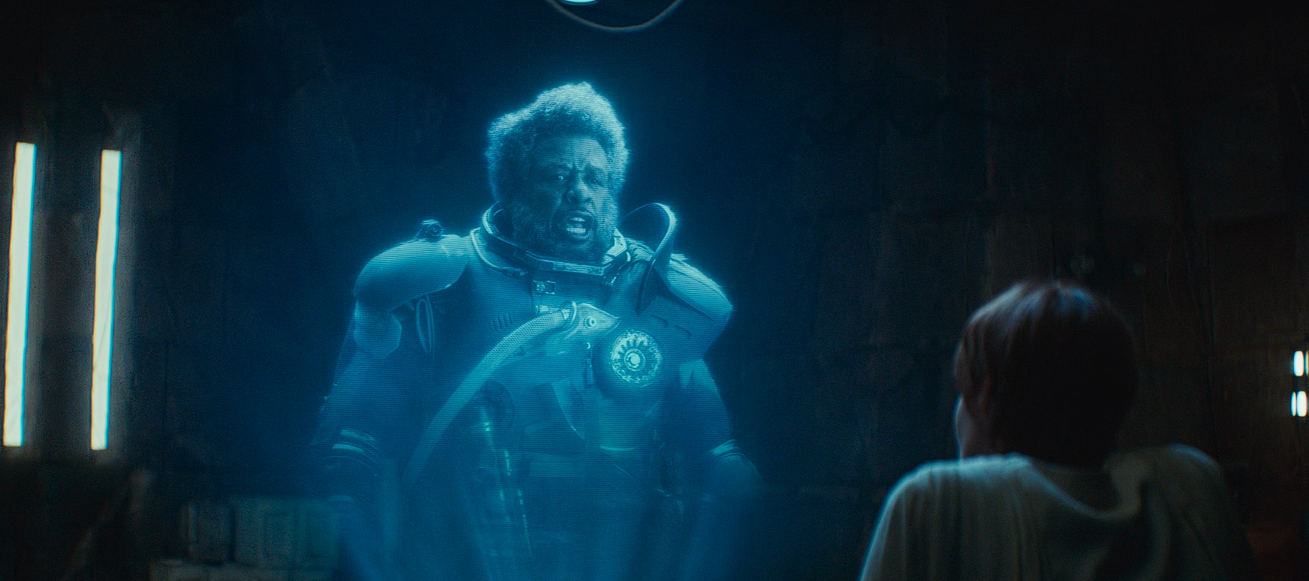
His relationship with Mon Mothma is as frayed as ever. She sees him as a liability—more fire than focus. She even refers to him as an extremist, a label he wears like armour. Saw isn’t interested in the Senate or votes of no confidence. He’s out on Jedha, blowing up Imperial transports, living in the wreckage of what used to be righteous resistance. For him, the fight is all there is. And that’s what makes him both invaluable and terrifying to the broader Rebellion. He’s the part of the fight they can’t control—and yet, the part they’ll one day rely on more than they’d care to admit.
The final time we see him in Andor, he stands on Jedha, staring up at an Imperial Star Destroyer casting its long shadow over the holy city. It’s a quiet, haunting moment that lands like prophecy. We know what’s coming. We know that soon, he’ll be the paranoid, broken shell of a man hiding in the catacombs of Jedha, waiting to pass Jyn Erso the message that will change everything. And we know that, not long after that, he’ll die beneath the Death Star’s first fire. But in this moment, frozen in the looming shadow of the Empire, Saw Gerrera is still standing. Still fighting. Still refusing to bow.
Andor’s Emotional Attachment
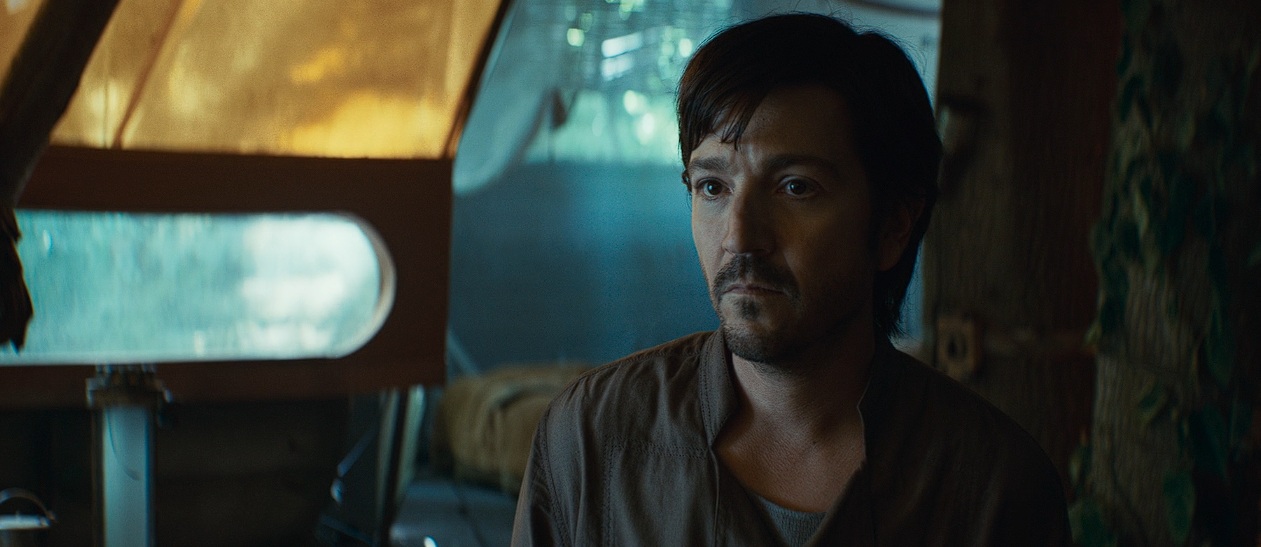
Cassian Andor’s legacy, as cemented by Rogue One, is that of a man who gave everything—his identity, his comfort, his morality, and ultimately his life—for a cause greater than himself. But Andor the series adds dimension to that sacrifice, especially in Season 2’s closing arc, by showing us how deeply Cassian mattered to the people around him—not just as a spy or soldier, but as someone believed to be destined for more. This legacy is not written in medals or monuments. It’s written in the quiet faith others placed in him, especially Bix Caleen (Adria Arjona).
Though absent from most of the final three episodes, Bix’s decision to leave the rebellion—and Cassian—now reveals a quietly powerful truth. She didn’t walk away from the fight. She stepped aside so Cassian could become what she believed he was meant to be: the spark, the messenger, the man who would carry the truth into the heart of the Empire. Her decision, painful as it was, was an act of faith—not just in the cause, but in Cassian himself. She saw a future where his voice could matter more than his presence at her side. And heartbreakingly, she was right.
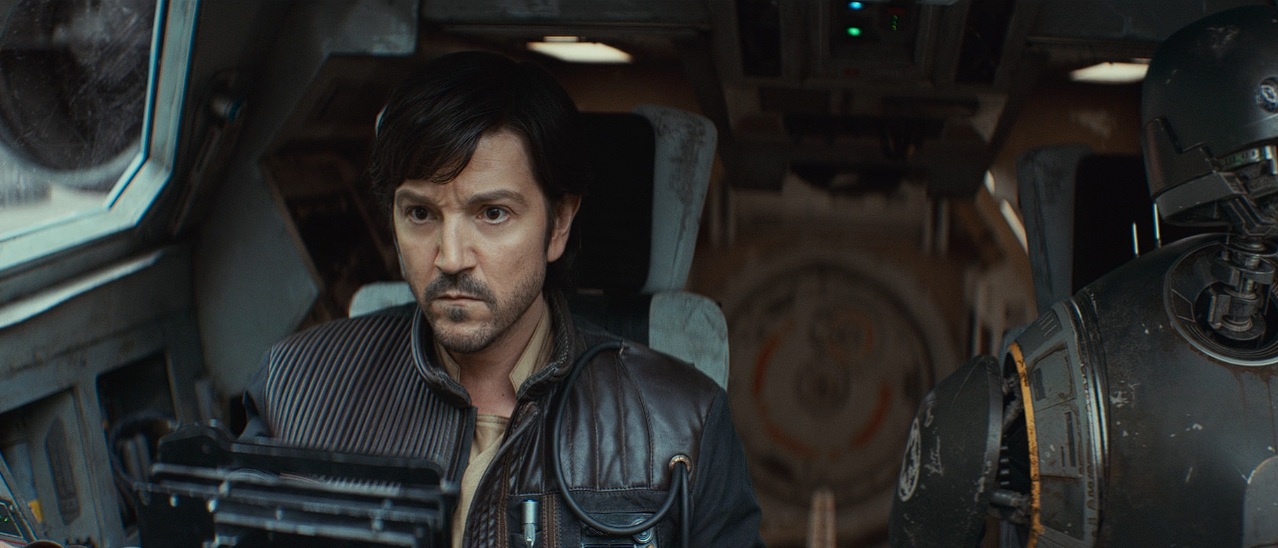
Bix couldn’t bear to be the reason Cassian walked away from the Rebellion, especially not when the Force Healer had planted the idea in her mind that he was crucial to the future. Cassian already had blood on his hands. Bix understood what he was carrying—and what he might one day become. She chose not to weigh him down with another reason to run. Instead, she gave him the chance to fly into history unburdened.
In doing so, Bix becomes a quiet architect of Cassian’s legacy. She doesn’t get a spotlight moment in Rogue One, nor is her name etched into Rebellion lore. But she’s there—in spirit, in sacrifice, in the child she now holds. If Cassian Andor’s life was a message, Bix made sure it was heard. She ensured that even as the man died, the meaning lived on. And now, with surprise, their child, that legacy has a future.

Bix once told Cassian that he couldn’t walk away because he mattered too much. Rogue One proved her right. Andor Season 2, in turn, proves that Bix saw him clearly—before anyone else did. She was the first to recognise his purpose, even when he didn’t believe in it himself. And while she stepped back from the fight, she never stopped fighting for him.
In fact, this might also explain one of Rogue One’s most poignant storytelling choices: why Cassian and Jyn Erso don’t share a romantic kiss in their final moments. Instead, they simply embrace, clinging to each other in the face of annihilation—not as lovers, but as kindred spirits bound by shared sacrifice. It’s tender, yes, but it’s not romantic in the traditional sense. That moment feels more like a culmination of mutual respect and emotional exhaustion than a declaration of love.
Because maybe, deep down, Cassian’s heart was already spoken for. His connection to Bix—shaped by childhood, survival, betrayal, and belief—was something unshakable. She was the person who knew him before the Rebellion, who saw his potential and let him go so he could become more. He carries her with him into Rogue One, even if the galaxy never sees it. And when he dies on that beach, it’s not just for the Rebellion or the cause. It’s also for the future he unknowingly leaves behind—with her.

Seasons 1 and 2 of Andor are currently streaming on Disney+.



